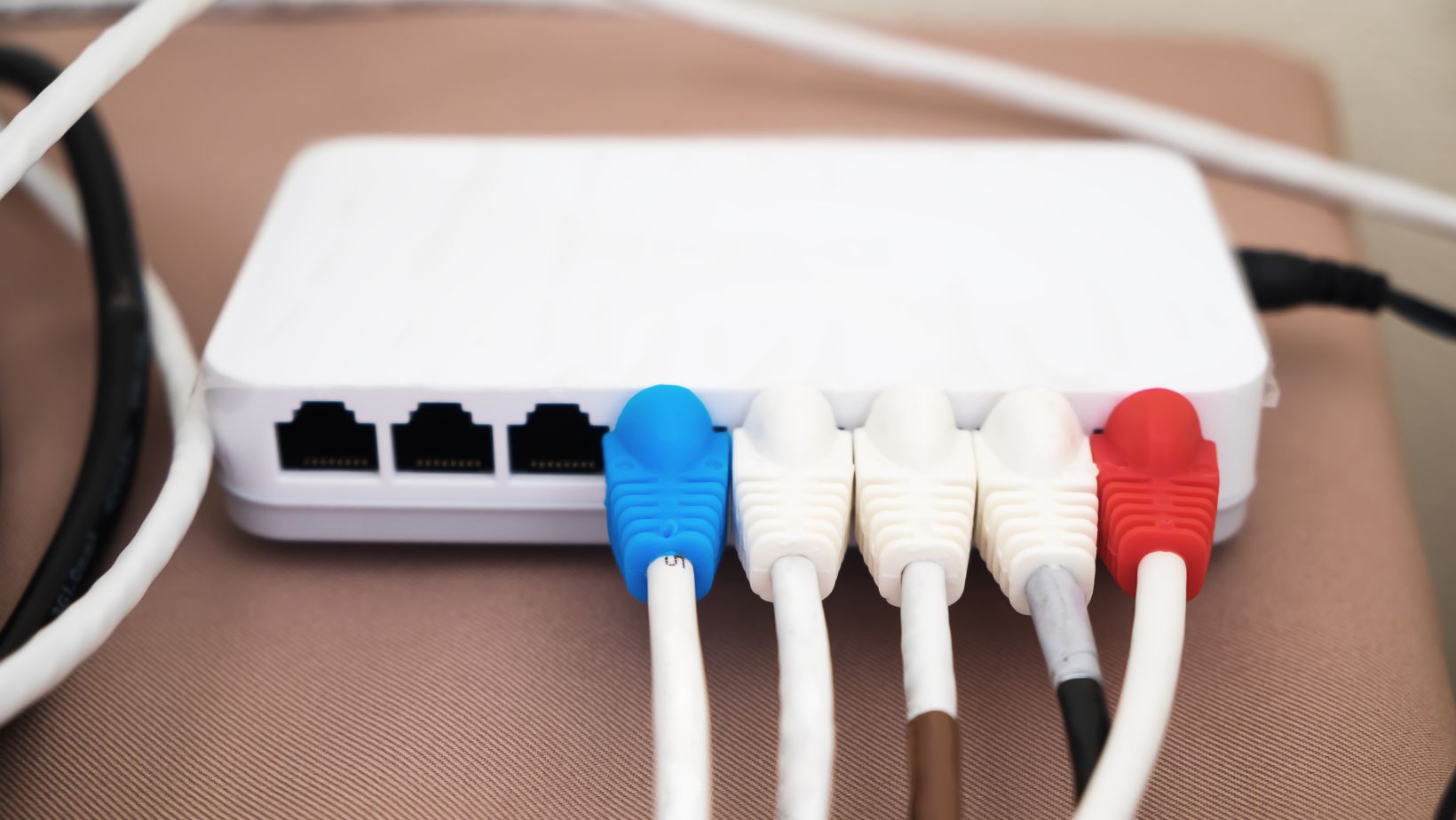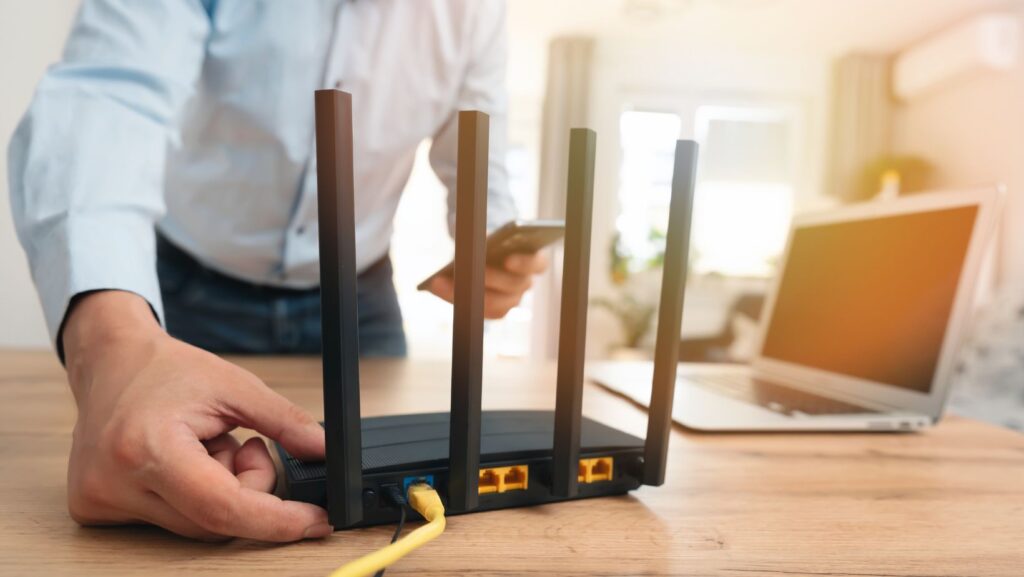In today’s digital world, a robust and seamless home internet connection is vital with respect to work, education, and entertainment. But, problems do arise that disturb the connectivity, leaving users annoyed and disconnected. Knowing how to troubleshoot these common home internet issues saves much time and helps restore connectivity at a faster pace. This article identifies several strategies to diagnose and resolve typical internet problems.
Identifying Connectivity Issues
First and foremost, identify the problem in detail, whether it is on just one device or throughout the whole network. This may be done by hooking multiple devices up to the Wi-Fi, such as your smartphone, tablet, or even computer. If all these devices are having a problem, then the problem can originate from the router or from the ISP itself. On the other hand, if it is happening to one device, it may be limited to that particular device and not to the internet itself.
Restarting the Router
Certainly, one of the easiest yet most effective troubleshooting steps is restarting the router. Most connectivity issues get resolved with giving the router a fresh restart.

For this, the user is supposed to switch off the power supply of the router, wait for around 30 seconds, and restart it. This will restart the router and sort out minor bugs or sluggishness. Users must then restart the router and check if the internet speed has been improved.
Checking Cables and Connections
The cable may be loose or damaged, a common scenario of issues in internet connectivity. Therefore, users are supposed to check all cables connected to the router, modem, and devices to make sure that no dislodged or damaged connections exist. If there is the use of a separate modem and router, then there is also a need to ensure both are correctly connected. Replacement of cables with frayed cables or connection of loose wires may be able to fix the problem brought about by flawed wirings.
Testing the Internet Speed
Perhaps another effective means of diagnosing internet problems involves testing the connection speed. Users can employ various online speed tests to measure their current download and upload speeds. If the results show noticeably lower speeds compared to what a user’s ISP advertises, this may serve as an indication of some problem with the connection. This might be due to network congestion at times of peak use or problems with the ISPs themselves. If low speeds are found constantly, then it may become necessary to contact your ISP for further assistance.
Interference and Network Congestion
Other interference can also be a factor from other devices that might affect home internet performance. Other household appliances that interfere with Wi-Fi signals include microwaves and cordless phones. More devices connected and using bandwidth could further cause congestion, making the overall speed slow.

To improve on this, they can try to center their router in a central part of the house, away from any sources of interference. Reducing the number of connected devices during peak usage times will help maintain a stable connection.
Updating Router Firmware
This is because keeping the router’s firmware updated ensures efficiency as well as safety in operation. Even as many routers are set to automatically check for updates to the firmware, one can check on the manufacturer’s website for the most recent versions. Regularly updating the firmware would ensure that it has the latest features and security patches that could be used in the enhancement of connectivity and resolution of problems that may persist. In case of problems persist, a firmware update might be the resolution to these issues.
If these steps fail, then perhaps it is already time for professional intervention. This means calling one’s ISP, trying to describe the problem, and getting further help. ISPs can run diagnostics at their end and see whether the problem lies with the service itself. Sometimes, a technician may have to pay a visit to the home to inspect the equipment and the connections more closely. Knowing how to troubleshoot basic home internet problems enables one to reduce frustrating downtime and generally be more productive online.


More Stories
Residential Roof Inspections: Everything You Need to Know
Ultimate Guide to Choosing the Right Office Furniture
7 Questions to Ask Before Hiring a Custom Stair Contractor